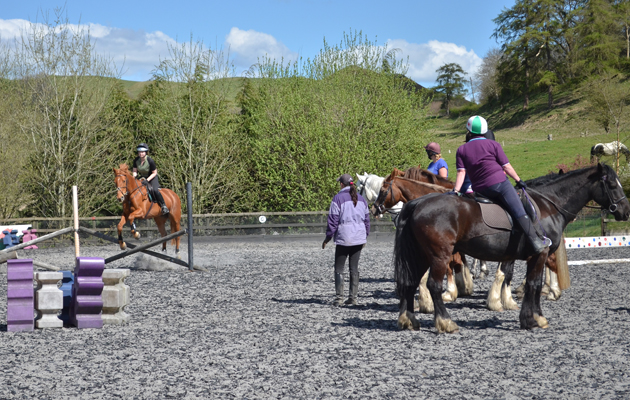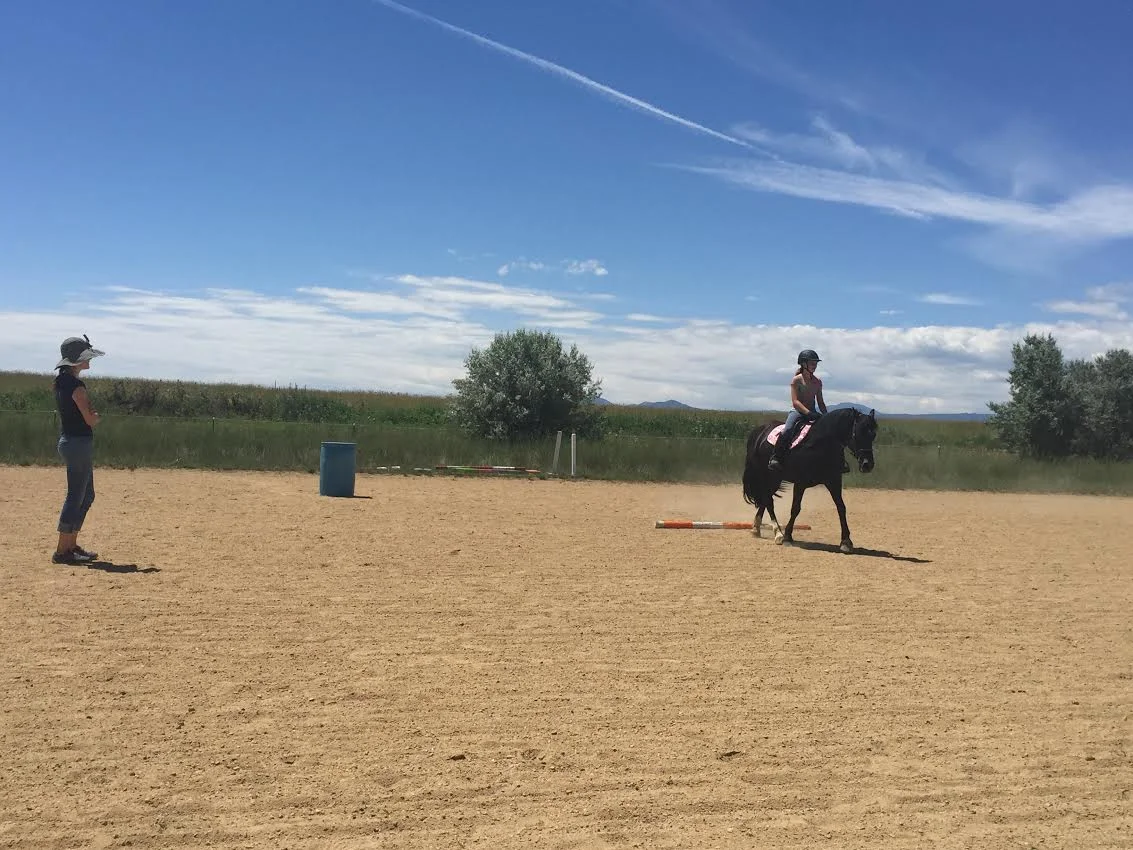Transitioning from School Horse to Personal Horse: A Comprehensive Guide

Transitioning from riding a school horse to owning or riding your personal horse is an exciting milestone for any equestrian. This journey involves not only a change in the horse you ride but also a shift in responsibility, care, and the rider-horse relationship. This article will guide you through the essential steps, considerations, and tips to make this transition smooth and rewarding.
Understanding the Differences
| Aspect | School Horse | Personal Horse |
|---|---|---|
| Ownership | Owned by the riding school or stable | Owned by the rider or private owner |
| Responsibility | Shared among staff and riders | Sole responsibility of the owner |
| Training | General training for multiple riders | Tailored training to rider’s needs |
| Bond and Relationship | Limited due to multiple riders | Deep, personal connection |
Key Considerations Before Transitioning
- Assess Your Riding Skills: Ensure you have the necessary skills and confidence to handle a personal horse.
- Financial Commitment: Owning a horse involves costs such as feed, vet care, farrier, and equipment.
- Time and Effort: Personal horses require daily care, grooming, and exercise.
- Space and Facilities: Consider if you have access to suitable stabling and riding areas.
Steps to Transition Successfully
- Evaluate Your Goals: Define what you want from your personal horse (e.g., competition, leisure, companionship).
- Research and Choose the Right Horse: Consider breed, temperament, age, and training level.
- Get Professional Advice: Consult trainers, vets, and experienced owners.
- Plan for Training and Care: Establish a routine for riding, feeding, grooming, and health checks.
- Build a Relationship: Spend quality time to develop trust and understanding.
Practical Tips for New Personal Horse Owners
- Start with regular lessons or clinics to improve your skills.
- Join local equestrian communities for support and advice.
- Keep a detailed log of your horse’s health, training progress, and behavior.
- Be patient and flexible; every horse is unique.
Frequently Asked Questions (FAQ)
Q1: How do I know if I’m ready for a personal horse?
A: Assess your riding skills, time availability, and financial readiness. Start with lessons and gradually increase responsibility.
Q2: What are the biggest challenges in transitioning?
A: Adjusting to sole responsibility, understanding your horse’s unique needs, and managing costs.
Q3: Can I keep riding school horses after getting a personal horse?
A: Yes, many riders continue lessons on school horses to improve skills or for variety.
Q4: How important is bonding with my personal horse?
A: Extremely important; a strong bond improves communication, trust, and overall riding experience.
Transitioning from a school horse to a personal horse is a rewarding journey that deepens your connection with horses and enhances your riding experience. With proper preparation and care, you can enjoy the many benefits of horse ownership.
Would you like me to help improve the clarity or add more detailed sections to this article?
